Dr Alexandra Coghlan
Author of
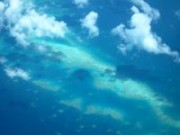
One of the key ways to ensure the sustainability of a tourism destination is to measure and build its competitiveness. Success is achieved when the destination is able to achieve the highest level of well-being for its residents on a sustainable basis (Ritchie and Crouch 2000). Destinations that do not evaluate themselves and their competitors will often encounter difficulties in the long run as markets change and the demand for destination goods and services evolves under the influence of technology and changing consumer preferences.
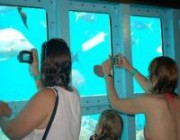
This annual report forms part of a series of reports presented by James Cook University on reef tourism in the Great Barrier Reef. It is part of a research program being conducted under the Australian Government’s Marine and Tropical Sciences Research Facility (MTSRF). The research described here falls under MTSRF’s research program to identify sustainable use and management of marine resources of the Great Barrier Reef and specifically the analysis of tourism use and impact on the Great Barrier Reef for managing sustainable tourism.
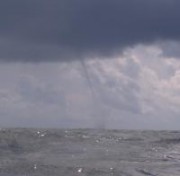
As one of Australia’s iconic tourism attractions and one of the seven natural wonders of the world, the Great Barrier Reef (GBR) is an important economic, social and natural resource for Queensland’s Tropical North. However, the long-term prognosis for the health of the reef and by implication, the industries dependent on it, is not positive. So far much attention has focussed on the health and resilience of the reef ecosystem, as a foundation for a resilient tourism industry.
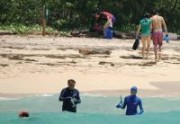
Marketed internationally as an iconic tourism experience, Australia’s Great Barrier Reef (GBR) faces a range of issues similar to those faced by coral reefs in other parts of the world. According to the Great Barrier Reef Marine Park Authority (GRBMPA), the management body responsible for the reef, 1.9 million tourists visit the reef annually, using marine tour operators that offer a wide range of tour products. Management of the tourism industry is based on a zoning system that requires natural and social science input.
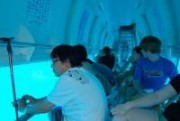
Marine wildlife tourism has become one of the fastest growing tourism sectors. In the context of the Great Barrier Reef, it focuses on five types of activities: (i) “swim-with” programs, (ii) surface watching activities (whales and dolphins); (iii) diving (corals, sharks, etc), (iv) reef snorkeling trips and (v) glass bottom boat tours. It is proposed that management, product design and experience, and outcome will be different for each of these and not all findings within marine wildlife tourism are transferable between tourism types.




